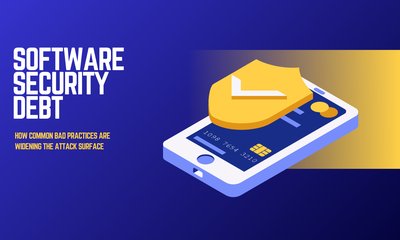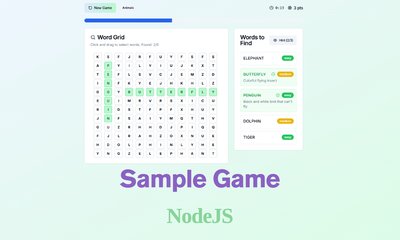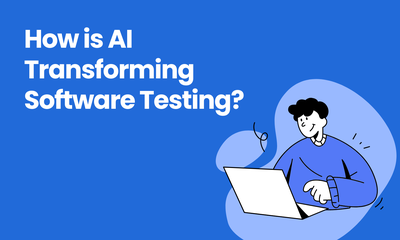GPT-4 OSS: Real Experience, Pros, and Cons
By antt, at: Aug. 8, 2025, 4:02 p.m.
Estimated Reading Time: __READING_TIME__ minutes
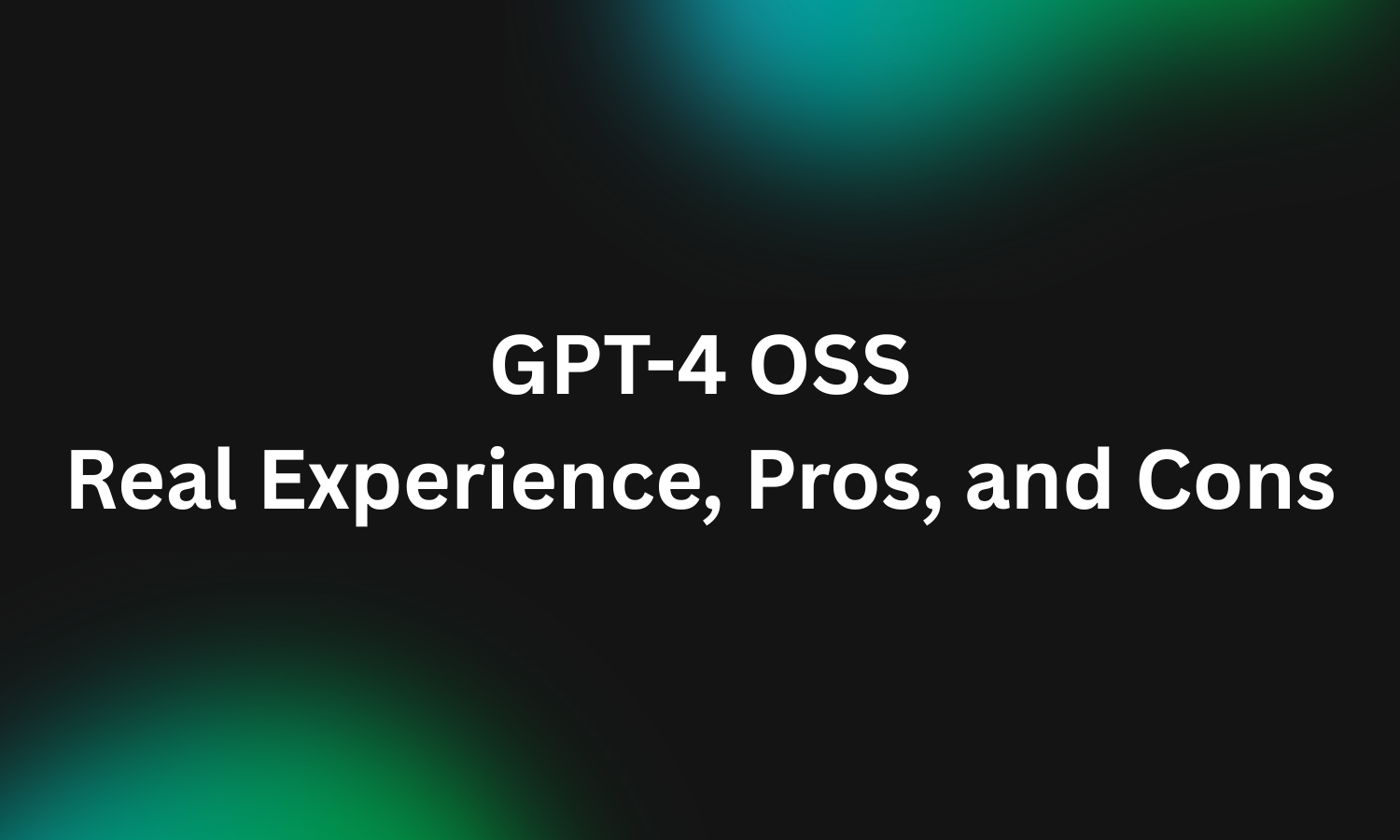
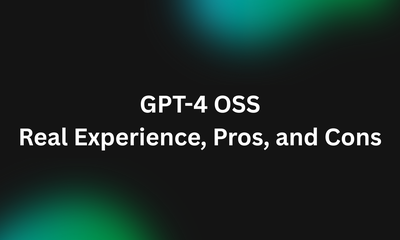
While GPT-5 grabs headlines, open-source GPT-4-like models (GPT-4 OSS) deserve attention especially for those who value control, privacy, and cost savings. These aren’t official OpenAI releases, but community-driven LLMs inspired by GPT-4’s architecture and reasoning style.
Popular examples include LLaMA-3, Mistral, and other large open-source models fine-tuned for general-purpose conversation.
My Real-World Experience
One of my current projects is an English learning app for children. The vision is to:
-
Create AI-driven conversations where students can role-play scenarios, from ordering food to answering school questions. For examples: family, holiday, summer, class, hobby.
-
Generate enhanced exercises based on the school textbook, vocabulary drills, grammar challenges, comprehension quizzes - all dynamically adapted to the learner’s level.
-
Provide teachers with AI-assisted suggestions for homework and in-class activities. Ex: blooket.com
I tested GPT-4 OSS as the “engine” for these features, running locally for full data control and cost efficiency. The results were promising:
-
It could generate natural conversation prompts and role-play scripts tailored to the textbook’s topics.
-
Vocabulary and grammar exercises were fast to produce, even for niche lesson content.
-
Running the model on my own server meant zero risk of sending student data to third-party APIs.
But there were also limits:
-
Conversational depth sometimes felt repetitive compared to GPT-5.
-
The model occasionally misunderstood subtle educational cues, requiring extra tuning.
-
Pronunciation guidance and nuanced feedback needed integration with other tools, as OSS models alone weren’t strong enough in this area. but still acceptable.
Pros
-
Data privacy: All student interactions and lesson content stay on our servers.
-
Cost-effective: No per-use fees, ideal for scaling across many students.
-
Customizable: Can fine-tune with the exact textbook and curriculum we use.
-
Offline capability: Useful for schools with limited or unreliable internet.
Cons
-
Lower accuracy: More prone to hallucinations than GPT-5, especially in multi-turn conversations.
-
Setup complexity: Requires ML and DevOps skills to deploy and optimize.
-
Hardware demands: Smooth performance needs a high-end GPU setup.
-
Less refined tone: Sometimes produces awkward or too-generic responses.
When GPT-4 OSS Makes Sense
-
Education platforms handling sensitive student data.
-
Schools in areas with poor internet but available local servers.
-
Projects that need heavy customization and domain-specific training.
-
AI prototyping before investing in commercial APIs.
In short, GPT-4 OSS has been a solid starting point for my English learning app. It’s not as refined as GPT-5 for fluid, human-like conversations, but its privacy, cost benefits, and flexibility make it a strong foundation, especially when the goal is to tailor AI to a specific curriculum.

